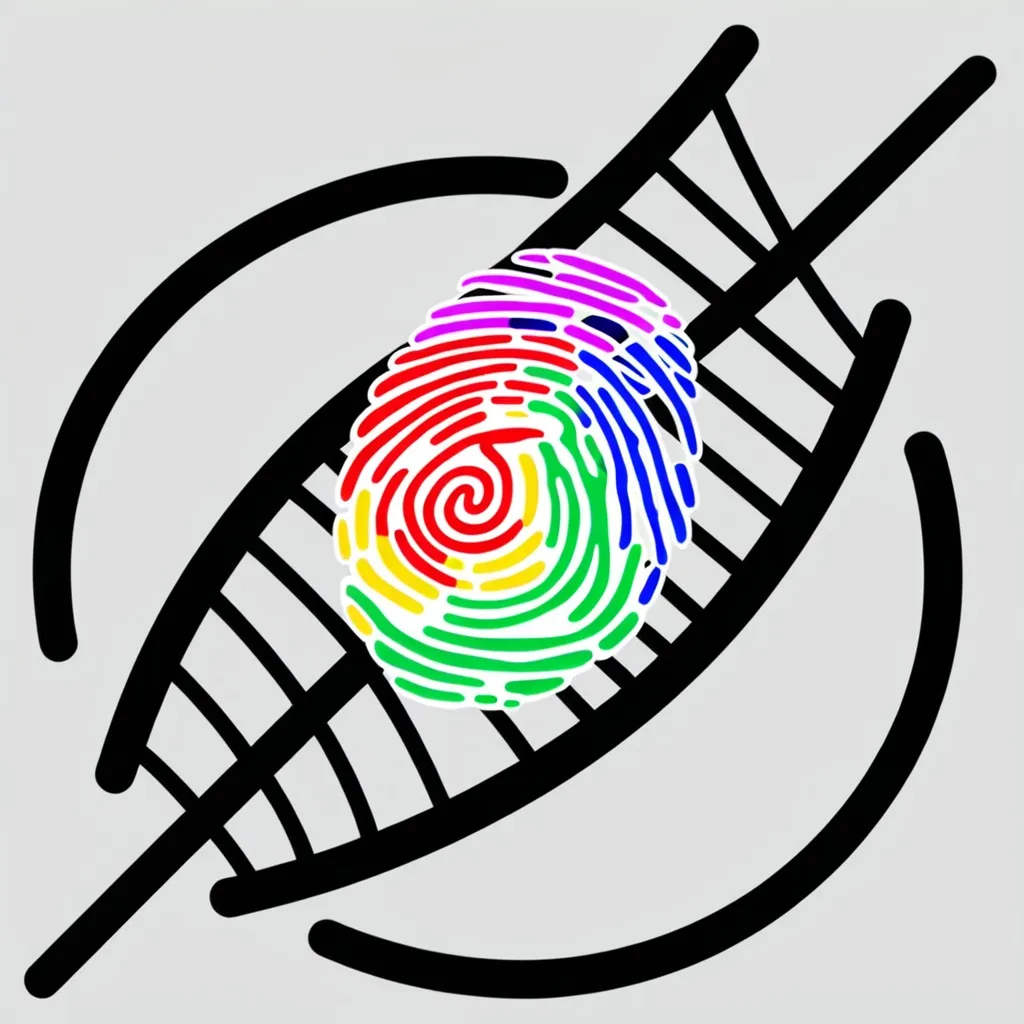Picture this: a dinner party with three people. Paul, who’s married, is staring at Linda. Linda’s looking at John, who’s not married. Here’s the question: Is a married person looking at someone who’s not married?
Most folks would say there’s not enough info to decide. Turns out, they’re wrong. Linda is either married or not. Either way, a married person’s gaze falls on an unmarried soul. Once explained, most people admit their initial answers were mistaken.
Let’s switch scenes to 2005. A study by Brendan Nyhan and Jason Reifler examined how Americans felt about the Iraq War. Participants read an article stating no weapons of mass destruction were found. Surprisingly, many not only held onto the belief that WMDs were discovered but became even more adamant.
Why do some arguments sway opinions while others just backfire? The key is understanding your audience—their beliefs, trusted sources, and values. Logical puzzles, like Paul, Linda, and John, work because they start from shared premises.
Take Kurt Gödel in 1931. He proved that a logically complete math system was impossible, even shaking up heavyweights like Bertrand Russell. But Gödel’s proof held because everyone agreed on the basic math axioms.
Many disagreements can’t be solved by logic alone. Often, it depends on which authorities people trust. For instance, in a climate change study, respondents guessed how many years between 1995 and 2006 were among the hottest since 1850. Given data from the Intergovernmental Panel on Climate Change stating it was 11 out of 12 years, people were more inclined to believe in global warming.
When evidence and stats hit a wall, engaging values can make the difference. Researchers found that liberals prioritize fairness over loyalty. Arguments highlighting that the military offers opportunities to the disadvantaged were more persuasive to liberals than those emphasizing national unity.
Beliefs, trusted sources, and values seem like a straightforward recipe for agreement. The catch? We naturally lean on our own beliefs, sources, and values in an argument. And even if we try not to, it’s tough to identify what matters to those who disagree with us.
The best way to bridge this gap is simple: talk to people. Through discussions, you’ll encounter counter-arguments and rebuttals, sharpening your insights and possibly even changing your own views.






